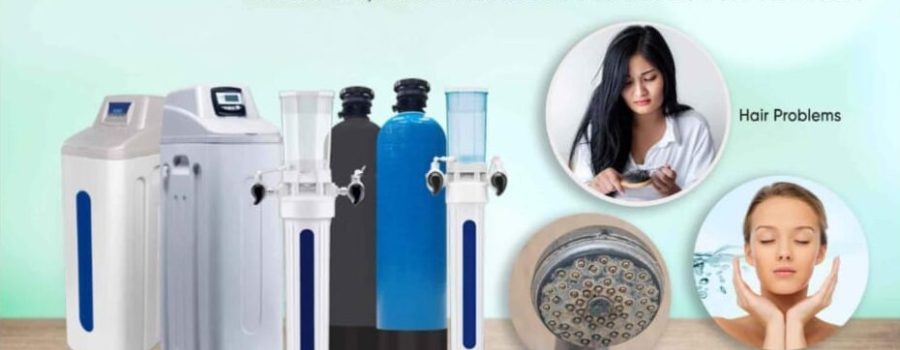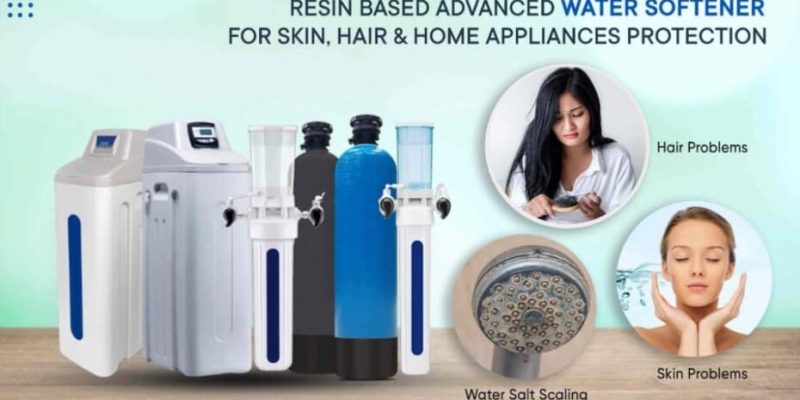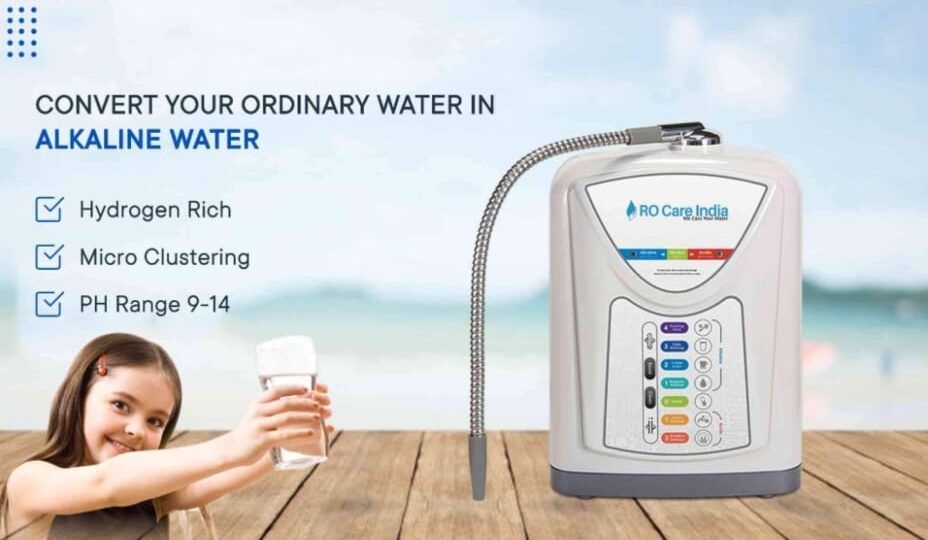

Need of RO plant in Chennai
The main function of a RO Plant is to decrease the total dissolved solids (TDS) in water and make it safe for drinking and other commercial and industrial purposes. As per world health organisation (WHO) the maximum permissible limit of TDS in drinking water is 300 ppm, and Indian Govt acceptable limit is 500 ppm. The ground water in Chennai found to be around 800ppm to 15000 ppm depending on the depth of bore well. Total dissolved solids (TDS) is a measure of the amount of dissolved minerals, metals, salts, ions, or organic matter present in water.
A well designed RO plant can effectively reduce the total dissolved solids in water to the desired levels and this makes RO plants essential for many uses. Given the increasing dependence on ground water, RO plants in Chennai are becoming an absolute necessity. A good number of homes, villas, apartments, commercial organizations and industrial establishments already use RO plant in Chennai.
Advantage of RO Plant
RO can remove up to 99% of dissolved salts and minerals from water. This is important for producing drinking water that meets safety standards and for protecting industrial equipment from corrosion.
RO can remove up to 99.99% of bacteria and viruses from water. This is important for preventing waterborne diseases.
RO can remove a wide range of organic contaminants, such as pesticides, herbicides, and pharmaceuticals. This is important for protecting human health and the environment.
RO can improve the taste and odour of water by removing impurities that can cause these problems.

Reverse osmosis working
1. Pre-treatment
The water to be treated passes through a pre-filtration stage, where larger particles, sediments, and impurities are removed. This step helps protect the RO membrane from damage or clogging.
2. Pressurization
The pre-filtered water is then pressurized. Pressure is applied to overcome the natural osmotic pressure and force water molecules through the semi-permeable membrane.
3. Regeneration process
The heart of the RO system is the semi-permeable membrane. This membrane allows water molecules to pass through while blocking the majority of contaminants, such as salts, minerals, and other impurities. The rejected impurities are diverted away and flushed out of the system.
4. Separation of Clean Water and Concentrate:
The water that successfully passes through the membrane is known as permeate and is collected for use. The remaining concentrated water, containing the rejected impurities, is called brine or concentrate. This brine is typically discharged from the system.
5. Post-Filtration
After the RO process, the water may go through a post-filtration stage to further polish and remove any remaining particles or tastes. This step ensures the water meets specific quality standards.
Watch the video for detailed explanation
Diagram of RO Plant system for individual house

Ro plant facilities vary in size and complexity based on water volume and application needs. To resolve salts and minerals, bacteria, viruses, organic contaminants and to improve taste, odour first need to test the water then according to the impurity present in the water to setup a efficient Ro plant. To get water test book your appointment now
